19 November 1778 Thursday
"Laura's dowry, increased to a respectable sum, was completed four days after her father's death, and she married Giuseppe Svezzeman, a carpenter. Soon afterward, with the help of his wife's dowry, Giuseppe opened three shops on via Frattina..."
Heather Hyde Minor, Piranesi's Lost Words (2015), p. 189.
"...within three days of Giovanni Battista's death, Francesco drew up an initial dowry contract for Laura's betrothal to carpenter Giuseppe Svezzeman. In May of 1779, a final contract was agreed upon and her dowry was used by Svezzeman to open three financially unsuccessful shops in Rome."
wiki Laura Piranesi
19 November 1812 Thursday
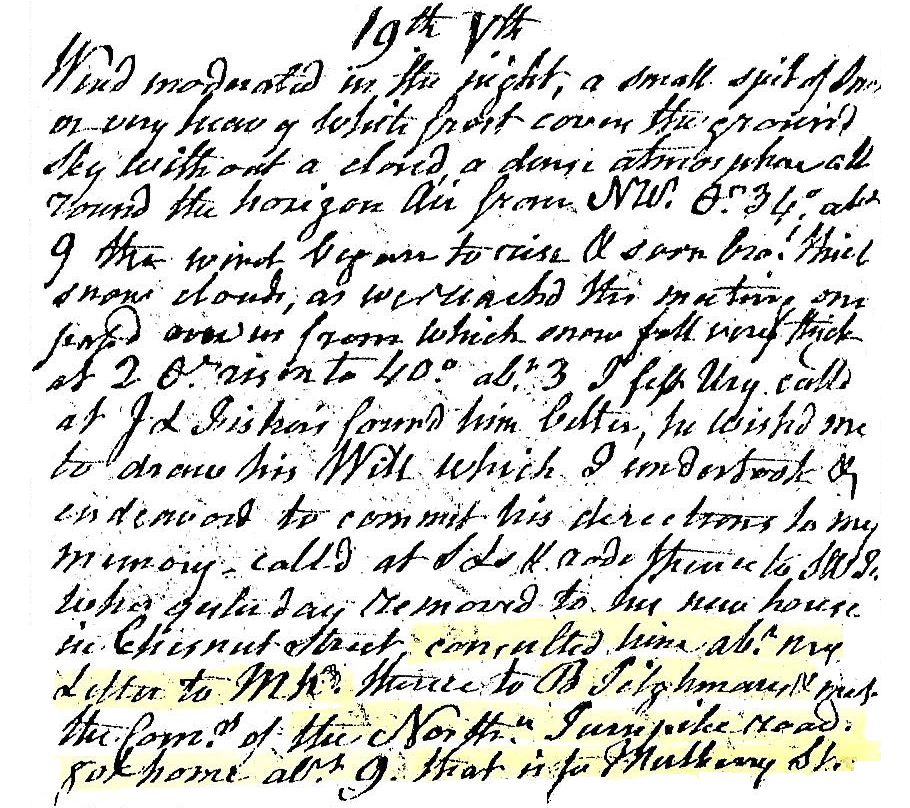
Wind moderated in the night, a small spit of ice or very heavy white frost cover the ground. Sky without a cloud, a dense atmosphere all round the horizon. ... About 9 the wind began to rise and soon bro.. thick snow clouds. As we reached the meeting one passed over us from which snow fell very thick. At 2 the temperature rose to 40 degrees. About 3 I left Ury. Called at J.L. Fishers, found him better, he wished me to draw his will which I undertook and endeavored to commit his directions to my memory. Called at SL's and rode thence to SW Jr. who yesterday removed to his new house in Chestnut Street. Consulting him about my letter to M.K.; thence to B. Tilghman’s and met the Commissioner of the Northern Turnpike road. Got home about 9, that is to Mulberry Street.
19 November 2004
ideas
Chronosomatic architecture: circle/square juncture plans, Washington DC 1981, chronosomatic imaginations; could be the next chapters, including architecture of the body and architecture of the theory itself; architecture of the continuum; of course, go through all the notes including BIA. "Architecture of the imagination" as in "there is an architecture to the imagination."
Design some new double basilicas; write the history; ask today's architects what the new double basilicas might be? Arab-Israeli? Catholic-Protestant? Again Latin-Greek?
Architecture is the most 'project' based of the arts. Is there such an established category as "project art"?
19 November 2006
 
 
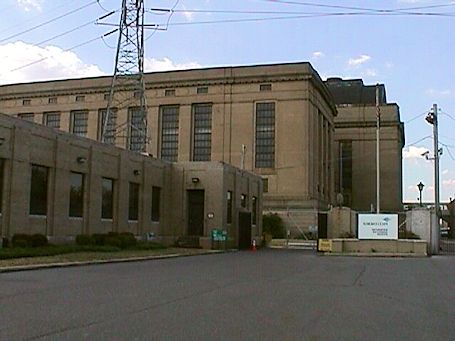 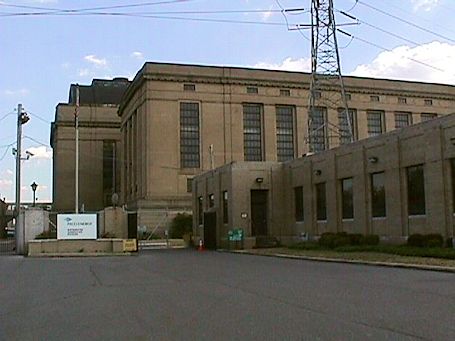
 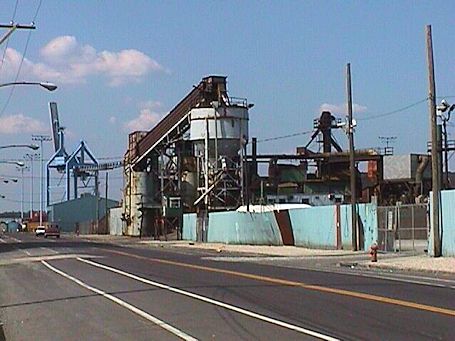
 
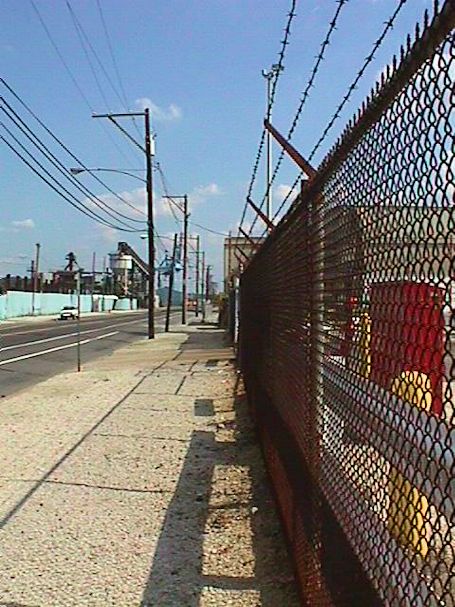 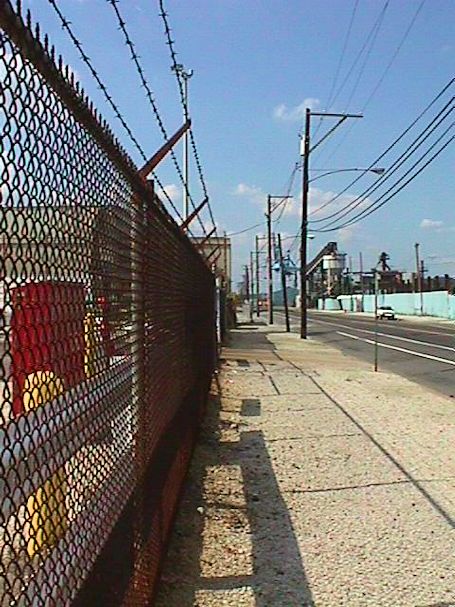
19 November 2016
Only one student enrolled in a Yale course about women architects, despite grievances against poor representation
Put the entire seminar online for free for everyone. Why should the insemination of this "knowledge" be dependent upon how many students are willing pay several thousands of dollars per credit for? Surely Yale can afford to do it.
Perhaps courses on diversity deserve a diversity of output solutions.
19 November 2022 Saturday
A real needed-a-nap day. And yes, Piranesi's Ichnographia Campus Martius got me as far as Brussels, Belgium in 1999. Quondam's and my own internet/virtual presence was only, almost exactly, three years old at the time. That Spring, because of an email I posted to archis.org, it was suggested for me to submit a paper for review by the NeTHCA "Inside Density" colloquium, 25-26 November 1999. I sent the following abstract, and it was accepted.
Inside the Density of G. B. Piranesi's Ichnographia Campus Martius
abstract
Albeit resolutely virtual, Piranesi's Ichnographia Campus Martius nonetheless manifests a high degree of density not only in terms of architecture and urbanism, but with regard to symbolism, meaning, and narrative as well. The hundreds of individual building plans and their Latin labels within the Campo Marzio do not "reconstruct" ancient Rome as much as they "reenact" it. Thus Piranesi's overall large plan presents a design of Rome that reflects and narrates Rome's own imperial history. Given Rome's history, then, the ultimate theme of Piranesi's design is inversion, specifically ancient Rome's inversion from (dense) pagan capital of the world to (dense) Christian capital of the world--a prime example of the proverbial "two sides to every story."
With the inversion theme, Piranesi also incorporates a number of sub-themes, such as life and death, love and war, satire, and even urban sprawl. Rendered largely independent, each sub-theme relates its own "story." Due to their innate reversal qualities, however, each sub-theme also reinforces the main inversion theme. Piranesi's Campo Marzio is not only dense, it is condensed.
In 2001, the finished Ichnographia Campus Martius will be 240 years old, yet Piranesi's truly unique urban paradigm--a city "reenacting" itself through all its physical, sociopolitical, and even metaphysical layers--may well become the most real urban paradigm of the next millennium.
I did not confirm my actually going to the colloquium until 22 November, the Monday before Thanksgiving.
1999 was a year-long event at quondam.com via the exhibit schizophrenia + architectures. Of course, 1999 was also when I discovered the Ichnographia Campus Martius exists in two versions, yet that discovery was not publicized until 2000 (after finally documenting the evidence). The publicized discovery of quondam 1999 was Helena, mother of Constantine, empress, saint, "architect." So, regarding Inside the Density of G. B. Piranesi's Ichnographia Campus Martius, the content was my de-coding of the large plan thus far, sans the reality of two differing large plans. It's strange for me to think back now and realize, that I was then, the only person on the planet to know both versions of Piranesi's Ichnographia Campus Martius.
Could it be true that, whoever knew about the two Ichnographia versions in 1778, never told anyone else about them?
Was silence Piranesi's last wish?
|